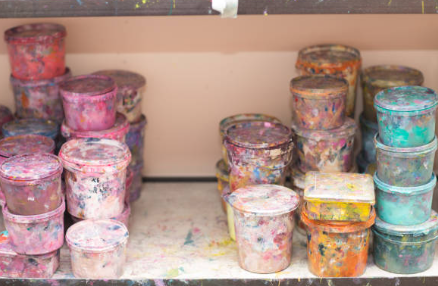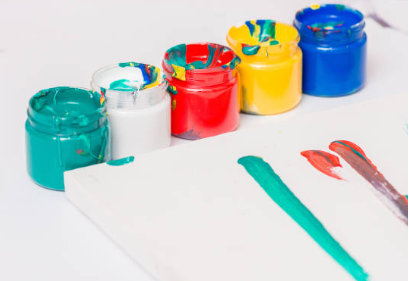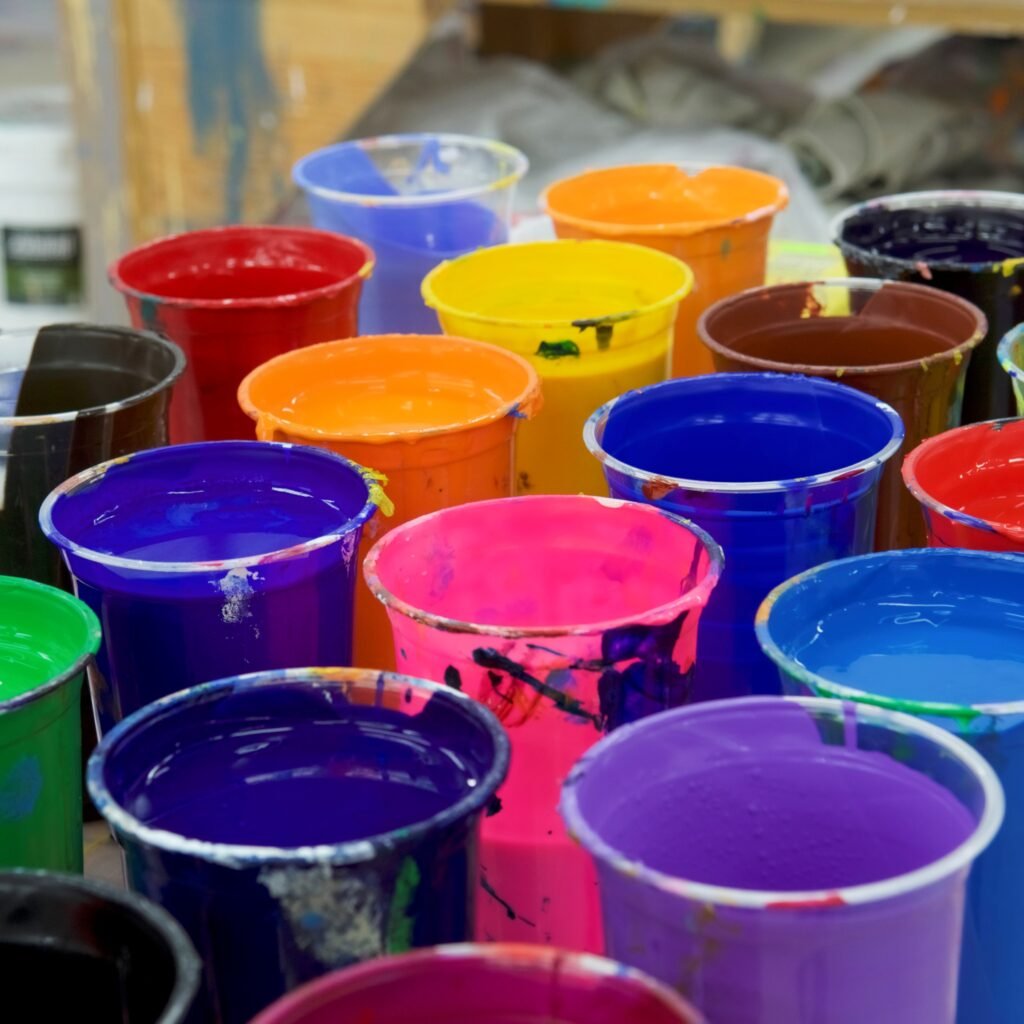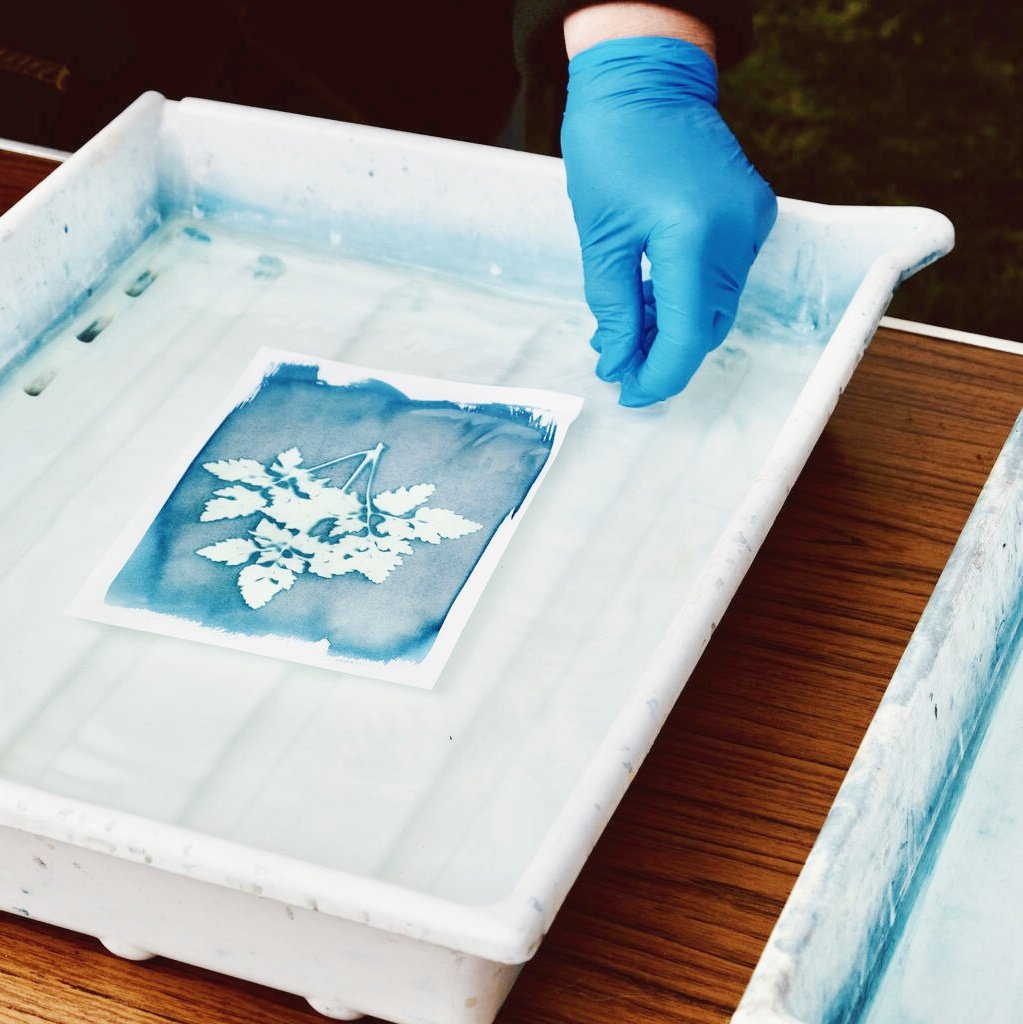Innehållsförteckning
En omfattande guide till hur du använder plastisolbläck i olika branscher
Plastisol bläck is a popular choice for printing on clothes, cars, signs, and more. But if you use it wrong, your designs might crack, fade, or wash off. This guide will show you how to use plastisol bläck the right way. Let’s get started!
Vad är Plastisol Ink?
Plastisol bläck is made from two main ingredients:
- PVC-harts (en typ av plast).
- Mjukgörare (oily liquids that make the ink soft and workable).
Why do people love plastisol ink?
- Det doesn’t dry until you heat it. This means it won’t clog your screens.
- It makes ljusa färger that pop, even on dark fabrics.
- It stays strong and doesn’t fade efter tvättning.

How Plastisol Ink is Used in Different Industries
1. Clothing and Apparel
Best fabrics: Cotton, polyester, and blends. Tips for success:
- Använda soft-hand ink for comfortable t-shirts.
- Använda högdensitetsbläck for thick logos (like sports jerseys).
- Exempel: Big brands like Gildan use plastisol ink for millions of shirts.
2. Automotive and Manufacturing
Common uses: Dashboard labels, wire coatings, and machine tags. Key tips:
- The ink must handle high heat (over 300°F).
- Använda adhesion promoters to make it stick to metal or plastic.
- Follow safety rules like UL och ASTM standarder.
3. Signs and Packaging
Best materials: PVC banners, corrugated plastic, and Tyvek®. Make it last longer:
- Tillägga UV-resistant chemicals to fight sun damage.
- Use thicker layers of ink for outdoor signs.
4. Reklamprodukter
How to print: Använda heat transfers for mugs, phone cases, and keychains. Avoid cracks: Cure at lower temperatures on curved surfaces.
Step-by-Step Guide to Using Plastisol Ink
1. Prepare Your Tools
Choose the right screen:
- 110-160 mesh antal for small details.
- 60-86 mesh count for thick ink layers. Clean your material: Wipe surfaces with rubbing alcohol first.
2. Printing Tips
Fix thin ink: Tillägga curable reducer (like Wilflex additives). Stop ink bleeding: Keep the screen slightly raised off the fabric.
3. Härda bläcket
Perfect cure: Heat the ink to 160°C–170°C for 60–90 seconds. Check the temperature: Använd a laser thermometer för noggrannhet. Too hot? Ink becomes brittle. Too cold? Ink washes off.
Åtgärda vanliga problem
| Problem | Snabbfix |
|---|---|
| Pinholes | Clean the screen and tighten the mesh. |
| Bläcket fastnar inte | Use an adhesion promoter. |
| Krackning | Let the ink cool slowly after curing. |
| Fading after wash | Test prints using AATCC standards. |

Eco-Friendly and Safe Options
Safer inks: Försök ftalatfri brands like Matsui Evolve® eller Ryonet EcoLine. Workplace safety: Följa OSHA guidelines and read safety data sheets (SDS). Reduce waste: Recycle cured ink scraps instead of throwing them away.
New Trends in Plastisol Ink
- Hybrid bläck Mix plastisol with water-based ink for a softer feel.
- Konduktiva bläck Print circuits on car parts for smart surfaces.
- Eco-Plasticizers Use plant-based formulas made from soy or castor oil.
Vanliga frågor
Can plastisol ink be used on nylon?
Ja! Använda adhesion promoters first to help it stick.
Slutliga tankar
Plastisol bläck is perfect for creating tough, vibrant prints on clothes, cars, signs, and more. Always cure at 160°C–170°C, choose the right screen mesh count, and try miljövänliga bläck som Ryonet EcoLine for safer projects.
Need help? Download a free plastisol curing cheat sheet here.



